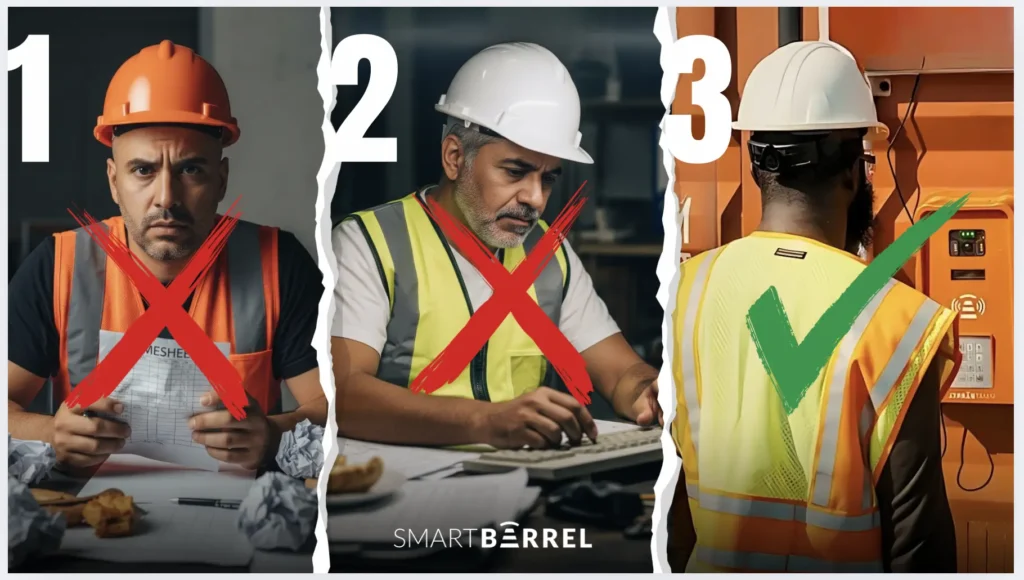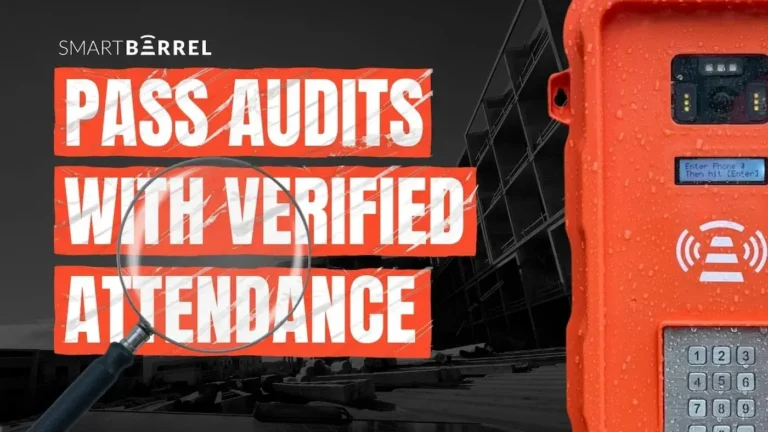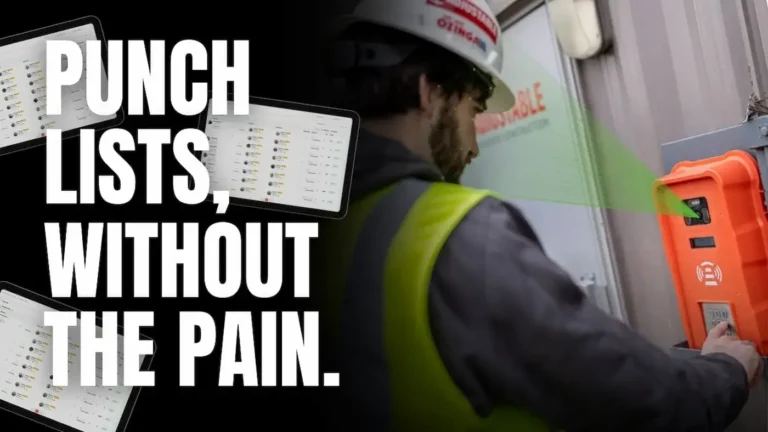Why Timekeeping Isn’t Just “Tracking Hours”
Let’s make something very clear — timekeeping isn’t a trust issue, and it’s not about nickel-and-diming your workforce.
Labor accounts for 30% or more of a contractor’s costs. It’s the most expensive and complicated asset in your business. Every other asset — materials, equipment, subs — is easy to track and plan around in comparison.
The difference between a worker showing up at 6:45 a.m. versus 7:15 a.m. may seem small. But apply that across dozens of workers, on multiple jobsites, over weeks and months, and that “30 minutes here and there” becomes the reason a profitable contractor ends up in survival mode.
Margins in this industry are razor-thin. If you’re bleeding time, you’re bleeding money, and you often don’t even realize it until it’s too late.
Additionally, while some timekeeping methods can be manually managed with small teams, once your workforce scales to 20, 200, or 2,000 workers, paper-based systems break down and fail to scale. Foremen can’t keep up. Excel turns into chaos. The only way to stay ahead is to implement a powerful, scalable, and frictionless tool.
If you can’t measure your labor accurately, you can’t manage your business.
Get Control of Your Time Tracking
1. Worker-Reported Time
Workers logging their own time sounds simple, but execution is where most systems crumble.
Manual (Paper, Clipboard, Timesheet)
Workers write in and out times on a clipboard. Sometimes they signed it. Sometimes they didn’t.
- Pros: “Free,” quick to start.
- Cons: Easy to lose, easy to forge, no validation. It’s a fraud factory.
SmartBarrel POV:
This method looks “free,” but it’s the most expensive one in disguise. There’s no verification, no audit trail, and no real accountability. It’s based entirely on the honor system, and let’s be honest, that system fails when margins are tight and supervision is low. Paper gets damaged, or “lost”. And with no enforcement mechanism, the door to fraud is wide open.
Digital App-Based
Workers clock in/out on an app using their phones.
- Pros: Better than paper. Adds some tech.
- Cons: Terrible adoption. Workers don’t want to download apps. “No battery.” “No service.” “Forgot.” Also, no biometric? And maybe no geo-fencing? No chance.
SmartBarrel POV:
Yes, it’s more advanced than paper. But it’s also built on a big assumption — that every worker has a smartphone, knows how to use it, and will reliably open an app twice a day, every day. That assumption dies fast in the field. App fatigue is real, and excuses like “no signal,” “battery died,” or “phone broke” pop up constantly. Without biometric verification or a tight geofence, the data is no better than a polite guess.
2. Foreman-Reported Time
When it becomes too hard to get data from workers, most companies default to this method, but it’s a slippery slope.
Excel/Macros
Foremen jot down hours on a spreadsheet. There may be some formulas or pivot tables involved.
- Pros: Familiar, flexible, and customizable — most foremen already know how to use it.
- Cons: A data nightmare. No audit trail. Impossible to track who changed what, when. Mistakes go unnoticed. Workers disappear and reappear. Data cleanup becomes a full-time job.
SmartBarrel POV:
Excel is great until it’s not. This system is fine if you’re tracking three people, not 30, and definitely not 300. As soon as the job grows, it becomes a mess of manual edits, outdated rosters, broken formulas, and invisible changes. There’s no way to see who changed what, and to reconcile the data. That becomes someone’s full-time job just to untangle the mess.
Foreman-Led Time Entry
Some companies use foreman-led time entry software with cost codes, job lists, and guardrails where the foreman is entering in time for their crews.
- Pros: Slightly better. At least you get some visibility and audit logs.
- Cons: Still based on memory. Still delayed. Still easy to fudge. Tools allow “copy yesterday” or “apply 8 hours” across a crew.
SmartBarrel POV:
Digital foreman tools look good on paper, but they still ask too much of one person. Foremen are expected to remember who was where, for how long, and doing what, all while managing materials, subs, safety, and production. And if the tool offers bulk entries and copy/paste features (which they always do), those tools just help foremen guess faster. You get cleaner data, just not accurate data.
3. The SmartBarrel Way
SmartBarrel replaces the guessing game with verified, real-time data, without friction or excuses.
SmartBarrel uses rugged jobsite-ready hardware and a native mobile app to enable biometric, geotagged, worker self-reported time — and does it better than any clipboard or app alone.
- ✅ Workers clock in/out with facial verification
- ✅ No apps to download (but a native app is available)
- ✅ No training needed
- ✅ Works for W2s, 1099s, and temp labor
- ✅ Real-time data is visible to foremen in a pre-filled, ready-to-approve timesheet
Even the SmartBarrel native mobile app crushes adoption issues: it’s device-agnostic, biometric, geotagged, and excuse-proof. Whether your team is 5 or 5,000, the system handles it.
SmartBarrel POV:
This isn’t “just another time app.” It’s an automated, self-policing system that turns worker punches into real-time payroll and cost data. The best part? Foremen don’t chase time — they manage productivity. That’s how construction should work.
Timekeeping Method Comparison
Category
Worker-Reported (Manual)
Worker-Reported (App)
Foreman-Reported (Excel/Macros)
Foreman-Reported (Digital System)
SmartBarrel
Get Control of Your Time Tracking
Final Word
You have three options:
- Guesswork from your workers
- Guesswork from your foreman
- 100% verified, real-time from SmartBarrel
That’s it. There’s no fourth option.
And if you’re still stuck in options 1 or 2, you’re not running a business — you’re leaking labor dollars and wasting time.
SmartBarrel doesn’t f**k around. Neither should you.




